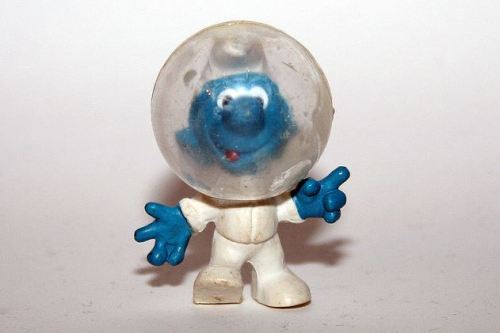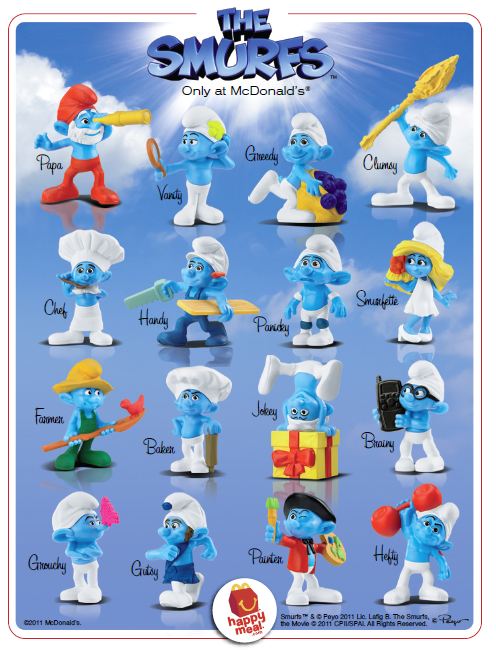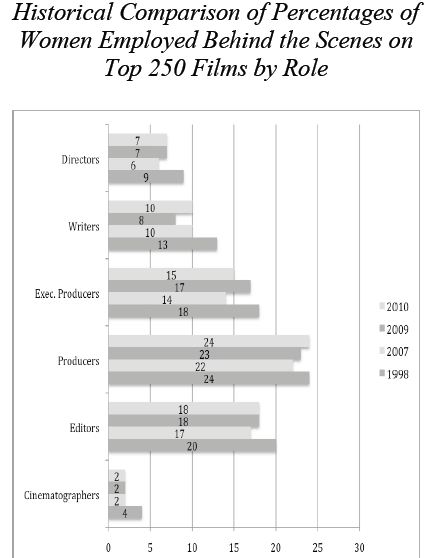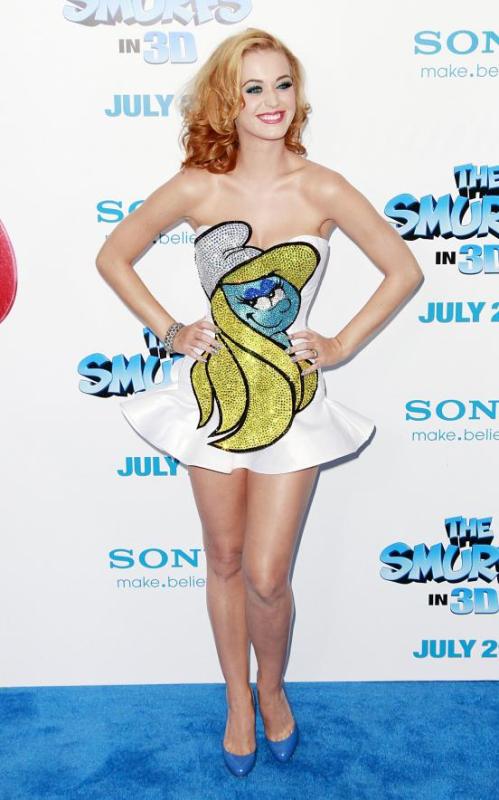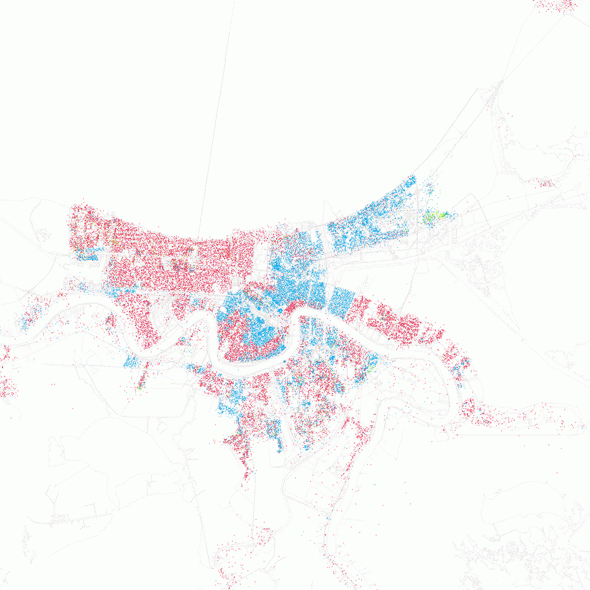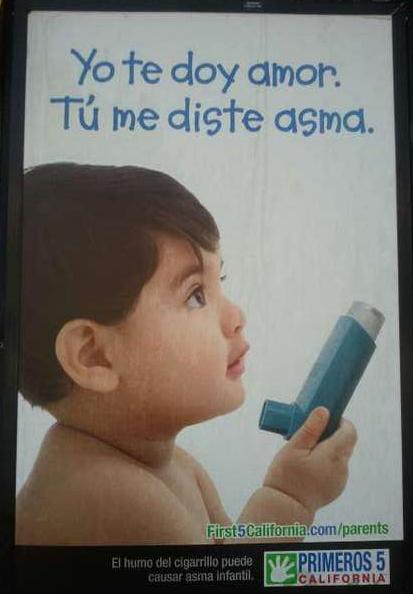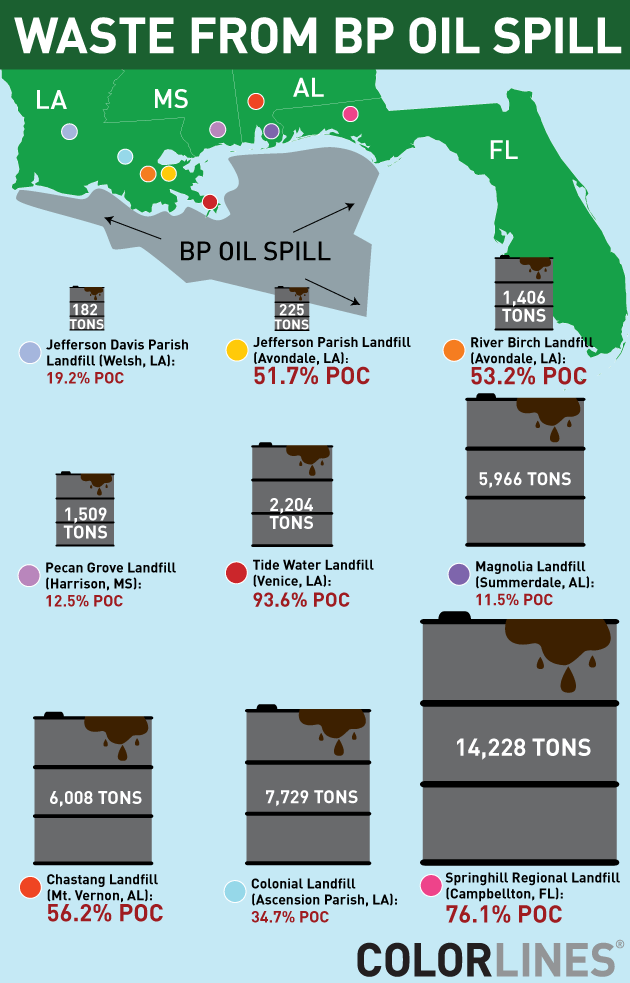 Thanks to Leticia, Caely, Anjan G., Liz, Bradley K., and Kelsey P. for their patience. Our SocImages email inbox is a hot mess, and sometimes things fall through the cracks. This is certainly true for the short video below, one of the responses to the “Shit Girls Say” clip that inspired a round of copycats last December. We decided to post about it belatedly because it remains a great example of something called a microaggression.
Thanks to Leticia, Caely, Anjan G., Liz, Bradley K., and Kelsey P. for their patience. Our SocImages email inbox is a hot mess, and sometimes things fall through the cracks. This is certainly true for the short video below, one of the responses to the “Shit Girls Say” clip that inspired a round of copycats last December. We decided to post about it belatedly because it remains a great example of something called a microaggression.
Microaggressions are “brief and commonplace daily verbal, behavioral, or environmental indignities, whether intentional or unintentional, that communicate hostile, derogatory, or negative… slights and insults” (source). These are often subtle. So the recipient feels badly, but it can be difficult to explain exactly why, especially to someone who isn’t sympathetic to issues of bias. The Microaggressions Project has hundreds, maybe thousands, of examples.
In this video, Franchesca Leigh poses as a “White girl” and says many of the things that she and other “Black girls” hear routinely. To Leigh, these are microaggressions. They variously trivialize and show insensitivity towards race and racism, remind the listener that she is considered different and strange, homogenize and stereotype Black people, and more…
Lisa Wade, PhD is an Associate Professor at Tulane University. She is the author of American Hookup, a book about college sexual culture; a textbook about gender; and a forthcoming introductory text: Terrible Magnificent Sociology. You can follow her on Twitter and Instagram.

